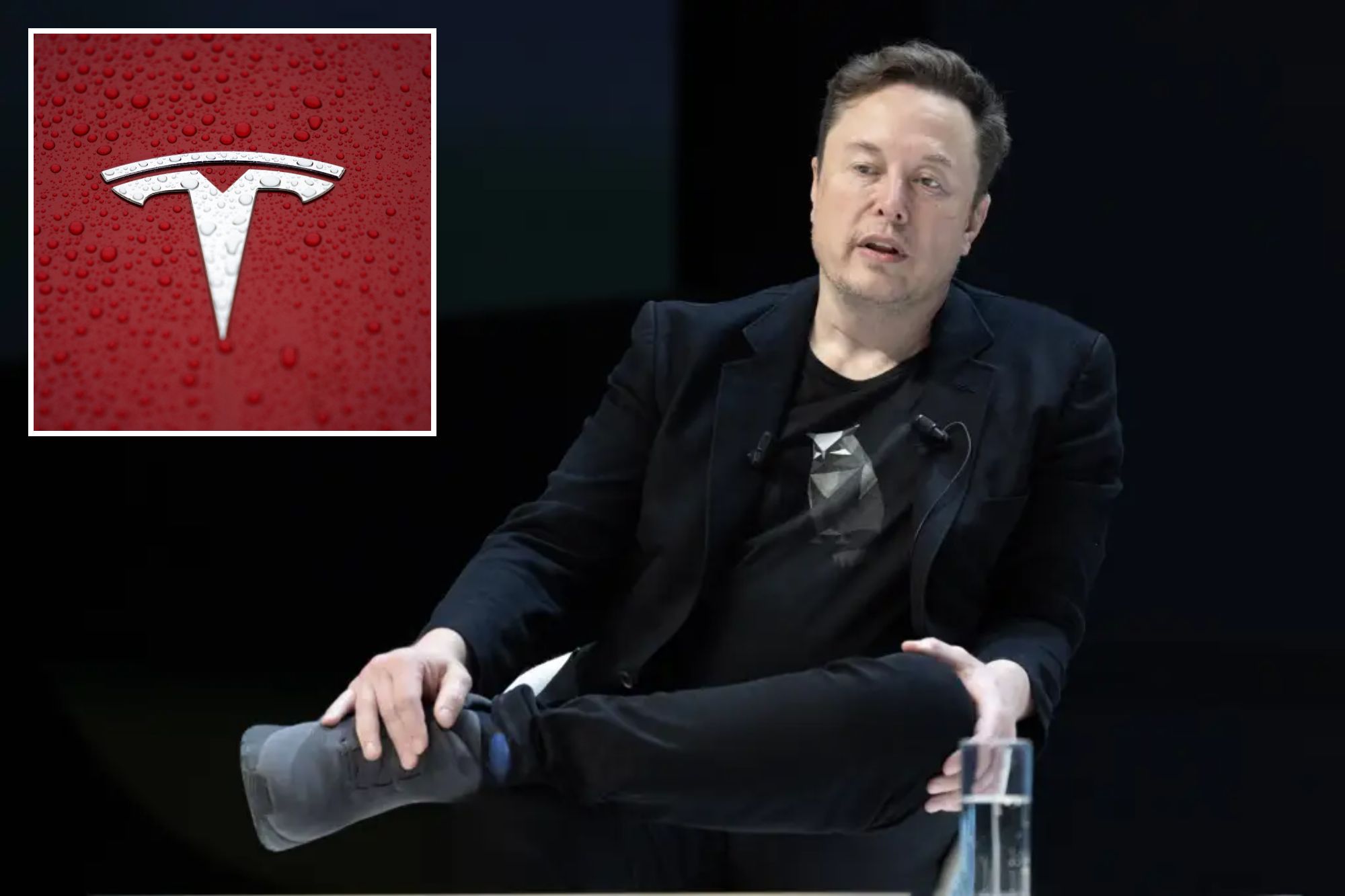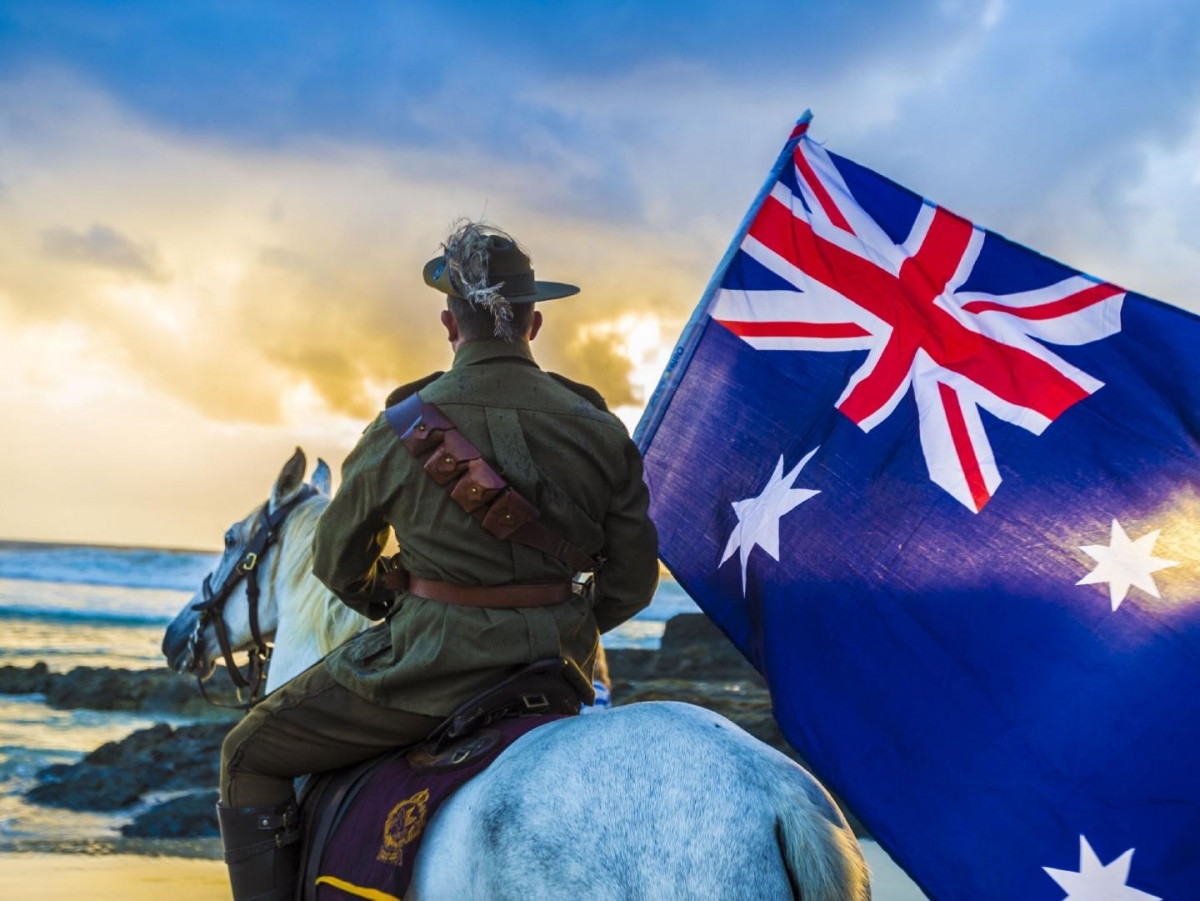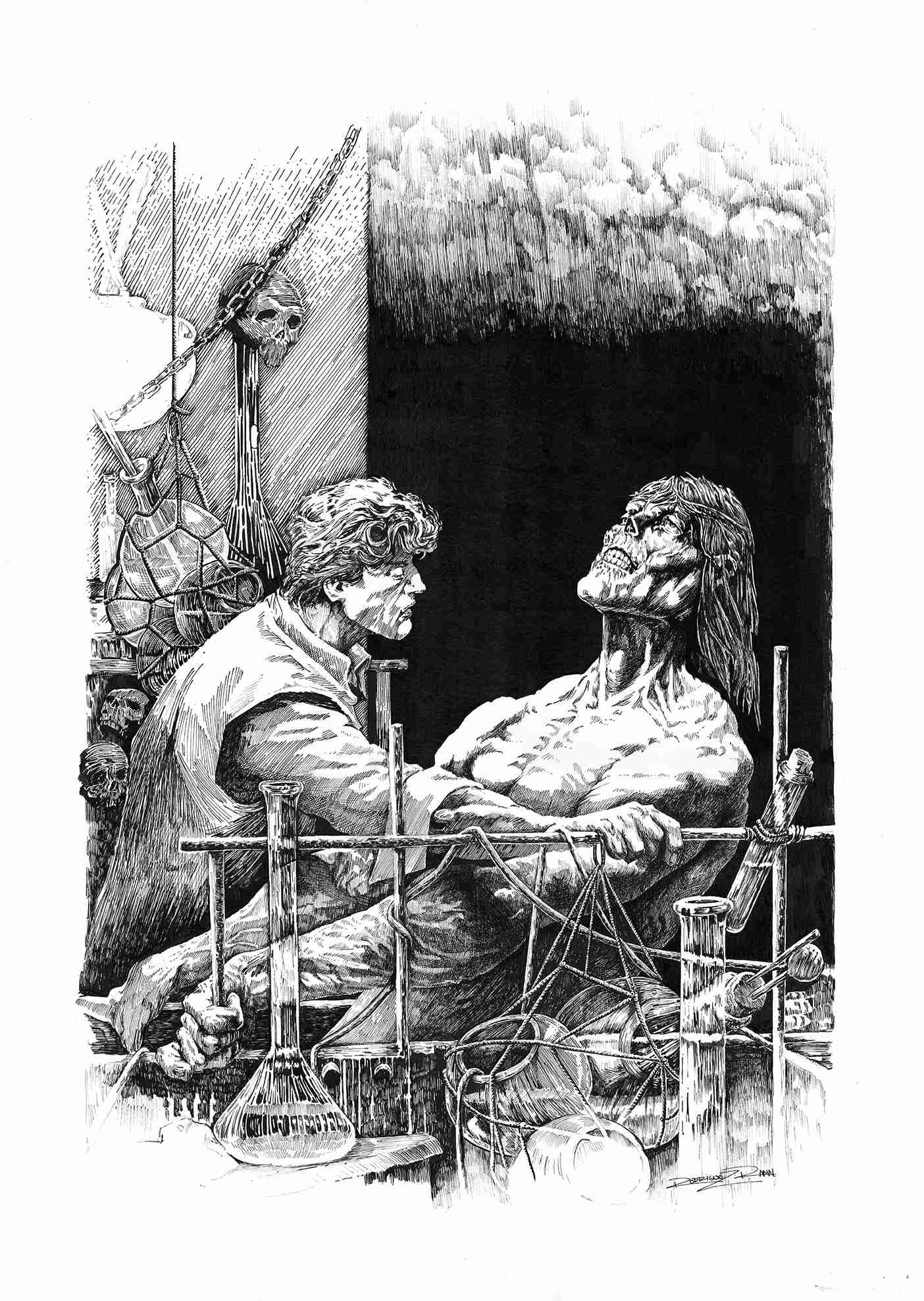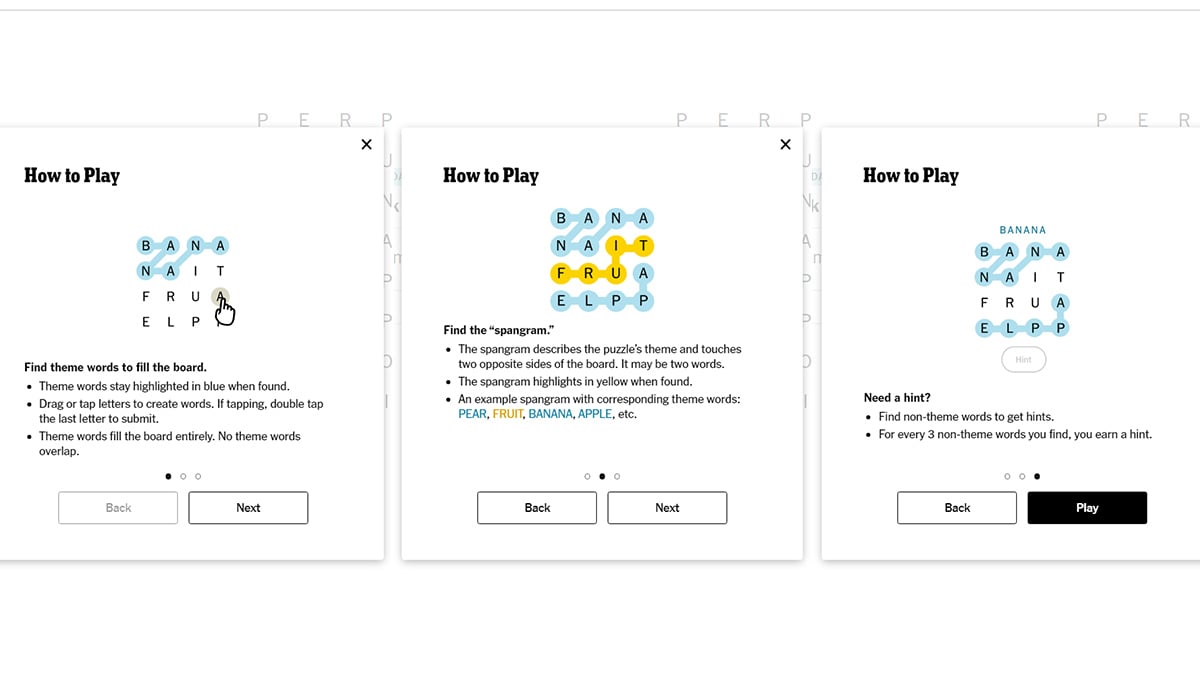The Unraveling Of Elon Musk's Robotaxi Plan

Table of Contents
Persistent Delays and Missed Deadlines
Musk's repeated promises of a fully autonomous robotaxi fleet have consistently failed to materialize. He's repeatedly pushed back timelines, leaving investors and the public questioning the feasibility of his vision. This pattern of missed deadlines significantly impacts Tesla's credibility and the overall perception of the autonomous driving industry.
- Original timeline predictions vs. current reality: Early projections suggested robotaxis would be widely available by 2020. We're now well past that mark, and a concrete launch date remains elusive. The continuous postponement fuels skepticism about Tesla's ability to deliver on its promises.
- Impact of delays on investor confidence and Tesla's stock price: The repeated delays have undoubtedly impacted investor confidence. While Tesla's stock price remains volatile, the uncertainty surrounding the robotaxi project contributes to periods of market instability and concerns about the company's long-term viability in the autonomous driving sector.
- Analysis of the reasons behind the delays (technical challenges, regulatory hurdles, etc.): Delays are attributable to a complex interplay of factors. Technical challenges in perfecting autonomous driving software capable of handling unpredictable situations are significant. Equally important are the regulatory hurdles and the immense complexities involved in navigating varying international laws governing self-driving cars.
Technological Hurdles and Safety Concerns
The complex technical challenges associated with fully autonomous driving are substantial. Current AI and sensor technology struggle to reliably handle unpredictable real-world scenarios. This limitation raises serious safety concerns.
- Challenges of edge-case scenarios and their impact on safety: Autonomous driving systems must flawlessly handle a vast array of unpredictable situations – from sudden pedestrian movements to adverse weather conditions. These "edge cases" currently pose significant safety risks and require further technological advancements to mitigate.
- The role of data collection and training in improving autonomous driving systems: Improving autonomous driving relies heavily on vast datasets for training algorithms. The more diverse and comprehensive this data, the better the system's ability to handle various scenarios. However, collecting and processing this data is a complex and resource-intensive process.
- Safety record of Tesla's Autopilot and Full Self-Driving features: Tesla's Autopilot and Full Self-Driving capabilities, while advanced, have been involved in several accidents. These incidents underscore the inherent safety challenges and the need for continuous improvement and rigorous testing before widespread robotaxi deployment.
Regulatory and Legal Obstacles
The regulatory landscape for autonomous vehicles is complex and varies significantly across jurisdictions. Tesla faces considerable challenges in obtaining the necessary approvals for widespread robotaxi operation.
- Analysis of specific regulatory hurdles in key markets (e.g., US, Europe, China): Each region has its own unique regulatory framework for autonomous vehicles, creating a fragmented and challenging landscape for companies like Tesla. Securing permits and approvals in major markets such as the US, Europe, and China requires navigating varying safety standards, testing procedures, and liability laws.
- Discussion of liability issues in case of accidents involving robotaxis: Determining liability in accidents involving autonomous vehicles is a critical legal challenge. Establishing clear lines of responsibility between the manufacturer, the software developer, and the operator is crucial for fostering public trust and ensuring responsible deployment of self-driving technology.
- Impact of public perception and concerns regarding safety and job displacement: Public perception plays a vital role in the acceptance of robotaxis. Concerns about safety and potential job displacement within the transportation sector significantly influence regulatory decisions and public support for widespread adoption.
Competition and the Shifting Landscape of Autonomous Driving
Tesla faces stiff competition in the autonomous driving space. Several companies are aggressively pursuing similar technologies, resulting in a dynamic and evolving landscape.
- Comparison of Tesla's technology with other leading players (e.g., Waymo, Cruise): Tesla's approach to autonomous driving, relying heavily on its camera-based system, differs from competitors like Waymo and Cruise who utilize more sensor fusion approaches. The relative strengths and weaknesses of these different technologies are a key factor in the ongoing competition.
- Discussion of different approaches to autonomous driving (e.g., sensor fusion, mapping technologies): Various strategies for autonomous driving are being pursued, each with its advantages and disadvantages. Sensor fusion, combining data from multiple sensors, offers greater redundancy and robustness, while high-definition mapping technologies improve accuracy and localization.
- Analysis of the potential impact of partnerships and collaborations on the future of robotaxis: Partnerships and collaborations between automakers, technology companies, and mapping providers are increasingly important. These alliances can accelerate development, improve technology, and facilitate regulatory approvals, significantly impacting the future of robotaxis.
Conclusion
Elon Musk's robotaxi plan faces significant hurdles: persistent delays, technological hurdles, regulatory complexities, and intense competition. While the vision remains ambitious, the reality is far more complex and fraught with difficulties. The future of the robotaxi remains uncertain. Stay informed about the ongoing developments in this rapidly evolving field by continuing to follow our coverage of Elon Musk's robotaxi plan and the broader autonomous driving industry. We will keep you updated on the latest advancements, setbacks, and crucial milestones in the pursuit of fully autonomous vehicles. Learn more about the challenges and opportunities within the realm of robotaxi technology and autonomous driving.

Featured Posts
-
 Assessing Pope Francis Efforts Progress Challenges And Future Steps On Sexual Abuse Within The Catholic Church
Apr 25, 2025
Assessing Pope Francis Efforts Progress Challenges And Future Steps On Sexual Abuse Within The Catholic Church
Apr 25, 2025 -
 Principals Anzac Day Decision At Sherwood Ridge Public School Causes Outcry
Apr 25, 2025
Principals Anzac Day Decision At Sherwood Ridge Public School Causes Outcry
Apr 25, 2025 -
 Veterans Warning Anzac Day Ignored National Identity At Risk
Apr 25, 2025
Veterans Warning Anzac Day Ignored National Identity At Risk
Apr 25, 2025 -
 5 Dos And Don Ts Succeeding In The Private Credit Job Market
Apr 25, 2025
5 Dos And Don Ts Succeeding In The Private Credit Job Market
Apr 25, 2025 -
 Spider Mans Next Installment Sadie Sink Cast In An Undisclosed Role
Apr 25, 2025
Spider Mans Next Installment Sadie Sink Cast In An Undisclosed Role
Apr 25, 2025
Latest Posts
-
 Nyt Strands Crossword Hints Unlocking The April 9 2025 Puzzle
May 10, 2025
Nyt Strands Crossword Hints Unlocking The April 9 2025 Puzzle
May 10, 2025 -
 Nyt Strands Thursday April 10 Game 403 Find The Solutions Here
May 10, 2025
Nyt Strands Thursday April 10 Game 403 Find The Solutions Here
May 10, 2025 -
 Nyt Strands April 9 2025 Complete Guide To Solving Todays Crossword
May 10, 2025
Nyt Strands April 9 2025 Complete Guide To Solving Todays Crossword
May 10, 2025 -
 Solve Nyt Strands Game 403 Hints And Answers For Thursday April 10
May 10, 2025
Solve Nyt Strands Game 403 Hints And Answers For Thursday April 10
May 10, 2025 -
 Strands Nyt April 10 2024 Complete Hints And Answers Game 403
May 10, 2025
Strands Nyt April 10 2024 Complete Hints And Answers Game 403
May 10, 2025
